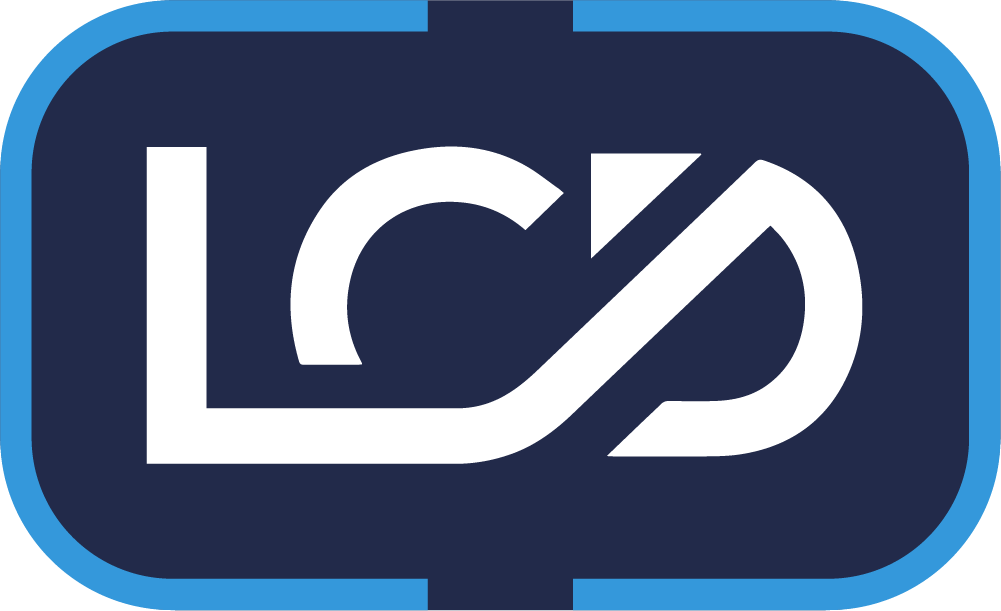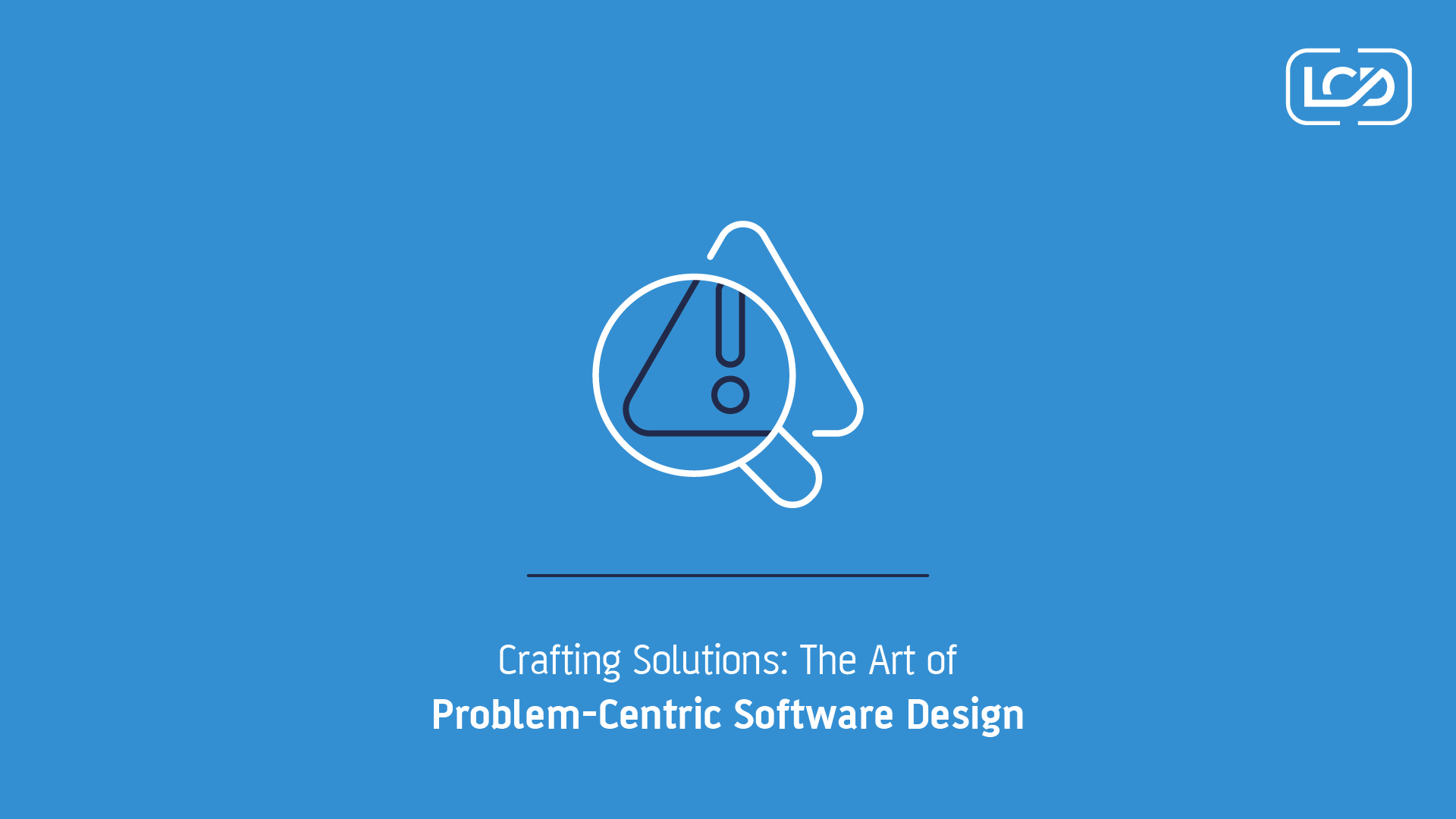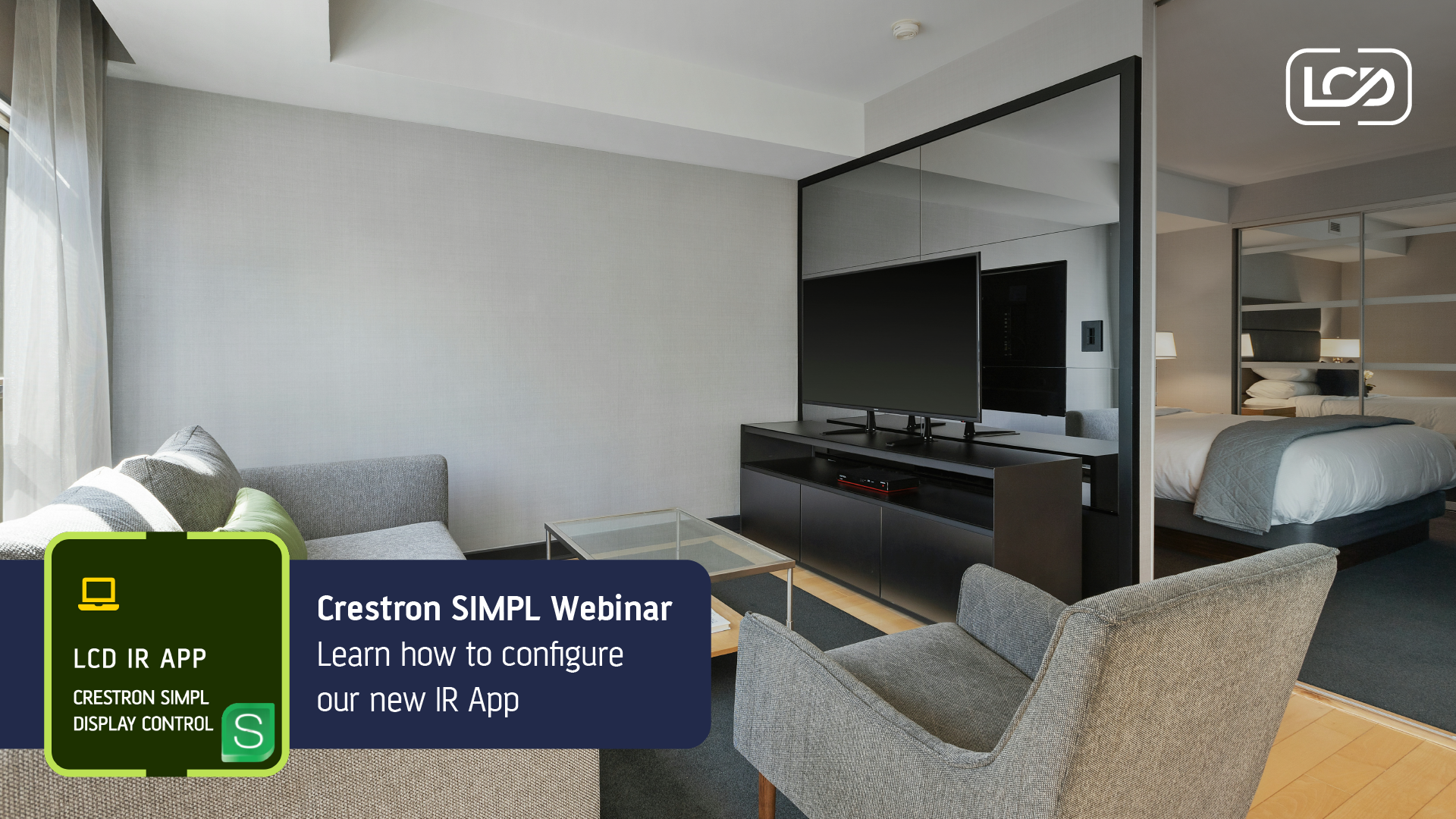Driving forward
Over the last 12 months the global pandemic has given us the opportunity to develop plans on new parts of our business. Modules have always been a part of our business as our work in Crestron Custom means we often have to create modules for use in our own projects.
At the same time Crestron’s long term project to move to a standardized platform for driver development has come of age with the release of the v4 SDK. Lighting Control have been involved as a close development partner on both the SDK and Crestron Home (one of the supported operating environments).
The aim of the standardized model is that drivers will be compatible across the range of Crestron systems including Crestron Home, AV Framework , DM and NVX Endpoints and in the cloud as part of Crestron XiO Cloud.
Taking an active part in the pilot program for both the drivers SDK and Crestron Home has been a satisfying project as we have been able to contribute our piece to the progress of the ecosystem both in documentation, systems , processes and flushing out features.
Our project, to setup and launch our Drivers store for Crestron Home, has been a long term investment in the systems, processes and talent we require to be a serious b2b partner across the ecosystem in the years to come.
We had working drivers back in November of 2019 but I realized that we didn’t have all of the processes and tools in place to maintain, support and be agile in our approach to new requirements at scale.
We are excited to have Neil and the team at Lighting Control working on Crestron Drivers. We hope that their enthusiasm and investment in the program will prove beneficial to all Crestron partners going forward.
Ara Seferian | Sr. Product Manager , Digital workplace Crestron Electronics Inc
Build
- Implemented an Automated Build process for our Drivers
- Common Functionality coded using best practices
- Base Types allowing consistency of user experience and easier testability
- Code Driven User interface
- Automated Documentation Build
- Build Updates production Downloads directly meaning updates are immediately available
Testing
- Unit Testing of helper methods and hardware interfaces.
- Implemented Integration Testing using dedicated hardware.
- Implemented Internal Compliance Testing of Crestron Home Driver Packages.
Process
- Server move of our existing website and upgrades to back end systems
- Addition of webstore and integration of our existing support systems
- Addition of new Internal and External Knowledge base systems
- Creation of a Library of “how to” guides, both video and print
- Creation of a bespoke licensing system with self-serve functionality
Looking forward
So with this base in place we are now well positioned to offer continued additional items to our Crestron Home catalogue and we are already working with manufacturers who want a partner in this field to assist them with integration with this or other platforms. With exciting new developments looming in the other Crestron platforms in the coming months we look forward to developing partnerships in this area.






